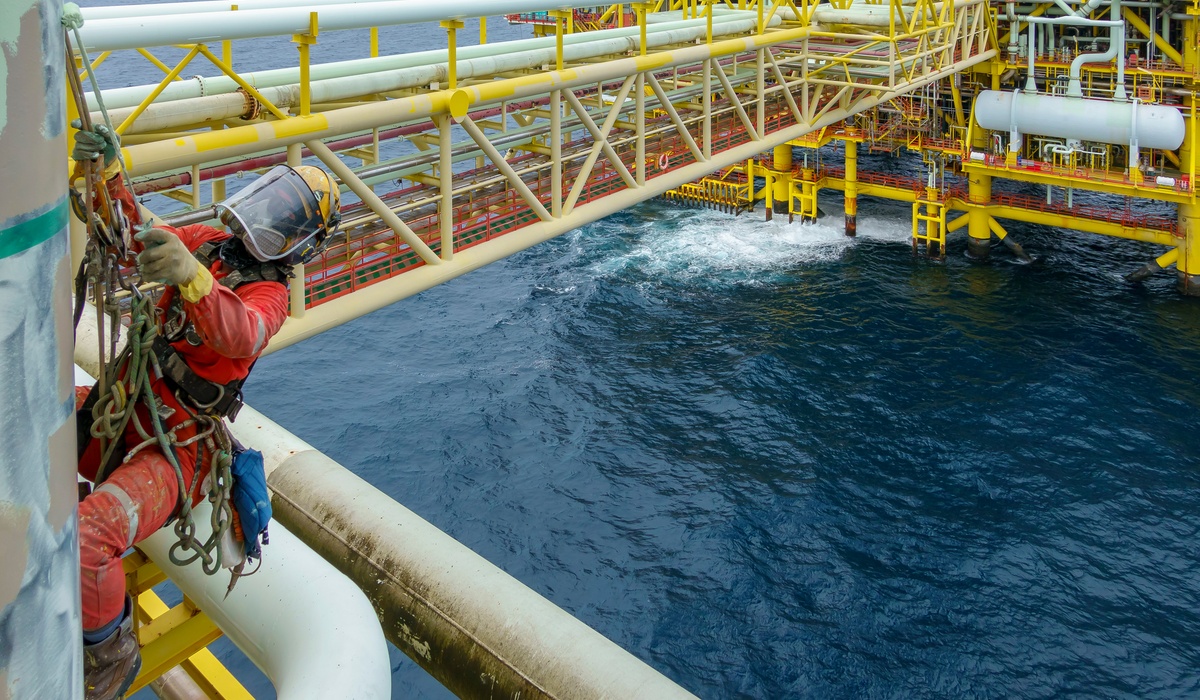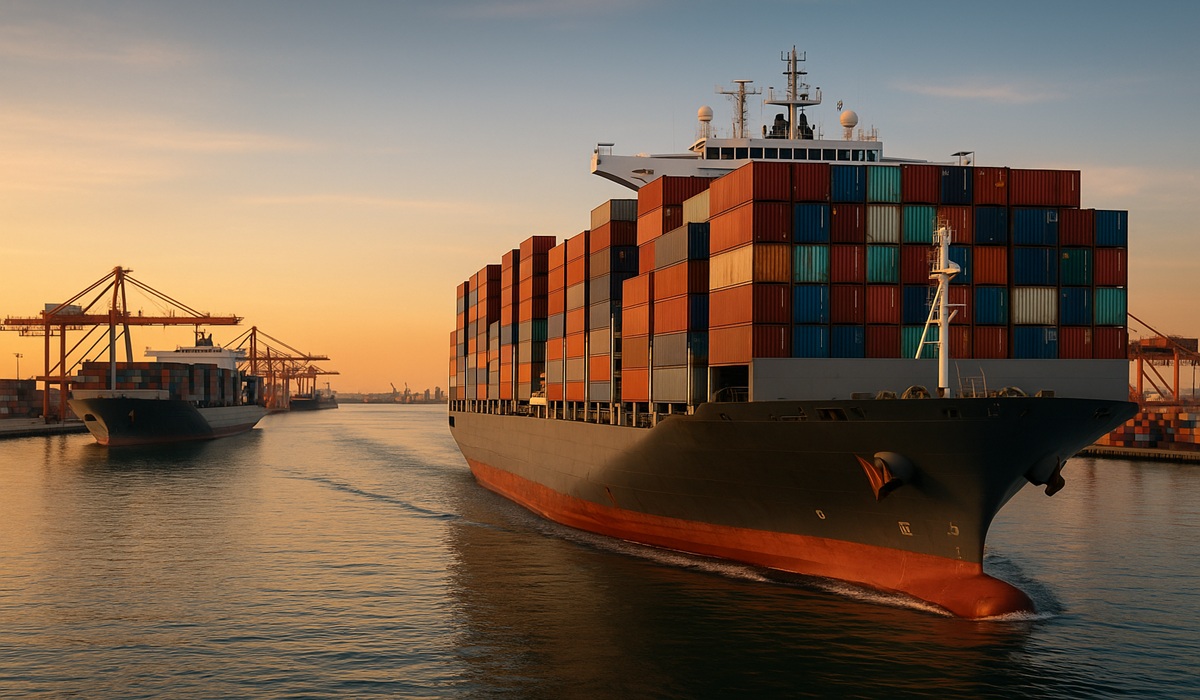Cities across America rely on complex underground networks that most residents never see. These systems—water mains, sewer lines, electrical conduits, and telecommunications cables—form the backbone of modern urban life. Access to these systems requires carefully engineered entry points that balance functionality, security, and public safety.
Municipal planners and utility operators must consider numerous factors when designing access points to underground infrastructure. The choice between different access methods affects everything from maintenance schedules to public security concerns. Understanding the components and uses of manholes is essential to any discussion of urban planning and infrastructure management.
The engineering decisions behind these access systems reflect broader policy considerations about resource allocation, public safety, and municipal efficiency. These choices ultimately impact tax budgets, emergency response capabilities, and long-term infrastructure sustainability. When utility workers need regular access to underground systems, planners must weigh operational efficiency against security concerns and environmental protection.
Different access configurations serve distinct purposes based on location requirements and usage patterns. High-security areas demand different solutions than routine maintenance zones. Similarly, areas prone to flooding require enhanced sealing capabilities that might be unnecessary in other locations. The selection process involves evaluating multiple technical specifications, including lay-in versus bolt-down configurations, which affect both operational procedures and long-term maintenance costs.
Urban infrastructure accounts for a significant portion of municipal budgets, and access system failures can disrupt essential services for thousands of residents. The engineering specifications chosen today determine maintenance requirements and replacement schedules decades into the future. Political leaders must balance immediate cost considerations against long-term infrastructure resilience when approving these systems.
The components and uses of a manhole extend beyond simple utility access—they represent major decision points in municipal governance. These infrastructure choices reflect community priorities regarding public safety, environmental protection, and fiscal responsibility. As cities continue to evolve, the importance of sound infrastructure planning becomes increasingly evident in both policy discussions and budget deliberations.
Modern urban planning requires understanding how these underground access systems integrate with broader city development goals. The specifications chosen affect not only immediate functionality but also long-term municipal financial planning and emergency preparedness strategies.









